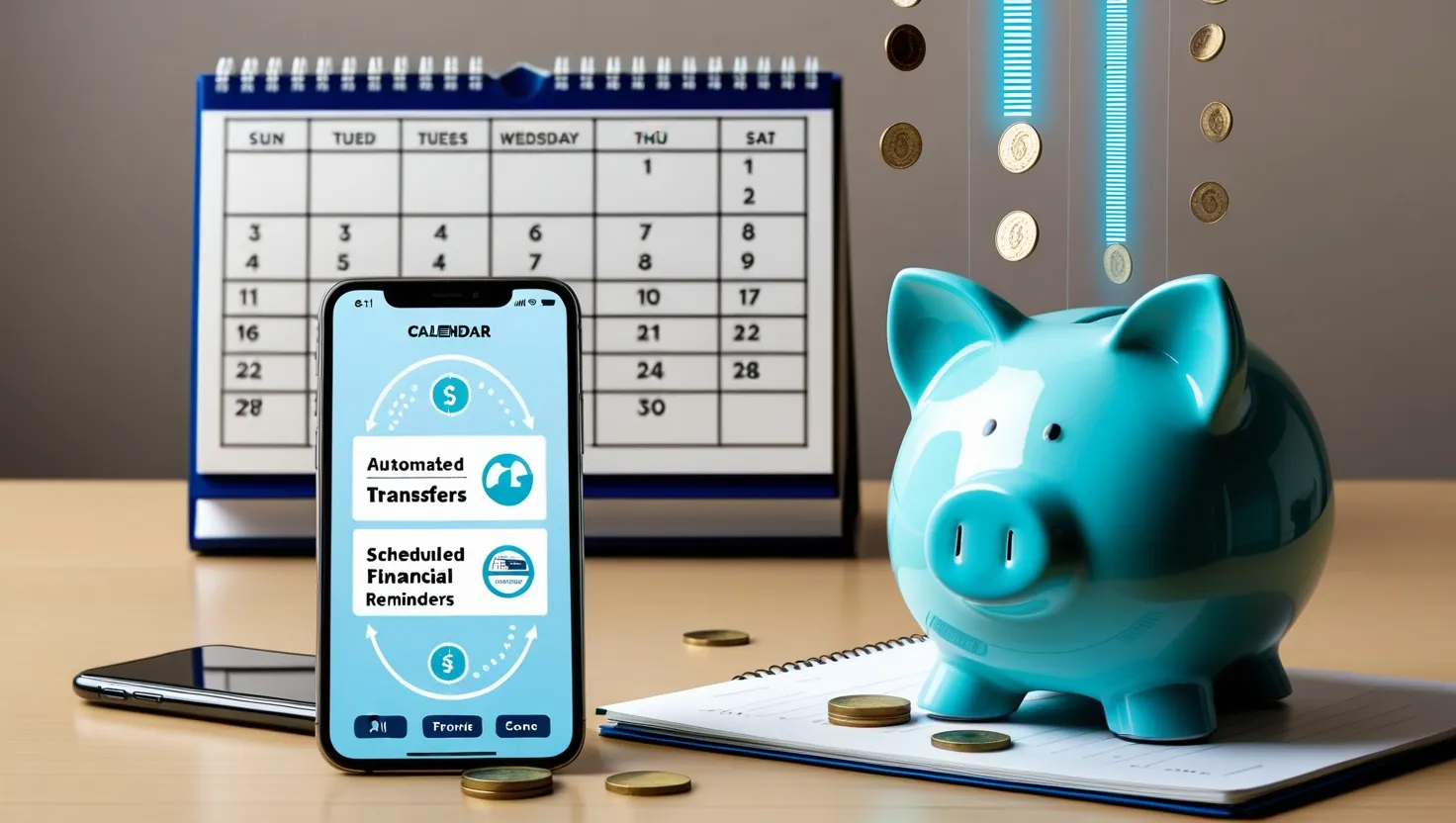Beginner’s Guide to Investing: Taking the First Step
Dipping your toes into the investing pool can feel like a big leap, especially if you’re not familiar with finance lingo. But guess what? Anyone, and I mean anyone, can start their investment journey and make their way towards financial independence with the right approach and a sprinkle of patience. Here’s a casual, straightforward guide to get you rolling.
Setting Your Investment Goals
First things first, let’s figure out your why. Are you looking to save for retirement, a shiny new house, or maybe that dream vacation? Pinning down your goals helps in choosing the right type of investments. Say you’re planning for retirement; you’d likely lean towards long-term growth stocks. But if you’re eyeballing funds for a nearer future use, more conservative options might be the way to go.
Picking Your Investment Account
Next up, choosing the right investment account is essential. Some popular picks include brokerage accounts, Individual Retirement Accounts (IRAs), and 401(k)s if your job offers one. Each account type has its quirks and perks, like how a 401(k) often comes with employer matching – basically, free money that’s a no-brainer to grab.
Deciding How Much to Invest
Figuring out how much to shove into your investment pot is pretty personal and hinges on what your goals are and where your finances stand. It’s smart to start small, get the hang of it, and bump up your investments gradually. Aiming for about 10% to 15% of your income yearly towards retirement is a decent goal. And if your company offers a 401(k) match, make sure to contribute enough to snag that full match.
Understanding Investment Options
Now, let’s talk about where to toss your money. Different investments come with their own flavors of risk and reward:
-
Stocks: Basically, tiny ownership shares in companies. Stocks have the potential for high returns but come with higher risks and short-term volatility. Think playing the long game with companies like Apple.
-
Bonds: These are like IOUs from corporations or governments, which pay you interest regularly and return your principal at maturity. They’re less risky than stocks and a safer bet if you’re looking for steady returns.
-
Mutual Funds: These pool money from lots of folks to invest in a mix of stocks, bonds, and other goodies. The upside is diversification, lowering the risk by spreading your money across various investments. Active or passive, these funds do the heavy lifting for you.
-
ETFs (Exchange-Traded Funds): Similar to mutual funds but with the flexibility of trading them like stocks. They combine the best of both worlds – diversification and day trading if you’re into that.
Picking Your Investments
When it comes to selecting your investments, ease into it conservatively:
-
Blue Chips: Shares of big, rock-solid companies. Think Coca-Cola or Microsoft. They’re reliable performers and offer some stability during market hiccups.
-
Dividend Stocks: Stocks of companies that pay out a slice of their profits to shareholders regularly. They provide a nice income stream and a bit of stability – like owning rental properties without the hassle.
-
Growth Stocks: These have massive growth potential but also come with higher risks. Industries like tech and healthcare are usually promising for these.
-
Defensive Stocks: Found in industries like utilities and healthcare, these stocks tend to hold up well even when the economy wobbles. They act as a cushion against market volatility.
Opening and Funding Your Account
You’ve decided what to invest in, so now it’s time to open and fund your investment account. Pick a brokerage firm, fill out the requisite forms, and start funding your account. The good news is many firms have low or no minimum balance requirements and zero fees for trading, making it simpler than ever to get started.
Keeping an Eye on Your Portfolio
Investing isn’t a one-off deal. You’ve got to keep tabs on your portfolio and rebalance it to stay aligned with your goals. This might mean selling investments that have surged and buying those that have lagged to maintain your desired asset allocation. Say, if your stock and bond ratio skews from 70:30 to 80:20 due to market changes, rebalancing will get you back on track.
Extra Tips for Newbies
-
Start Small: No need to go all-in right away. Even small weekly investments can snowball over time.
-
Educate Yourself: Keep learning about investing. There are tons of online resources, from articles to podcasts, to boost your knowledge.
-
Avoid Emotional Moves: Stay cool and don’t make knee-jerk decisions based on short-term market swings. Markets have ups and downs, but long-term investors reap the benefits by riding out the turbulence.
Wrapping It Up
Investing is a fantastic way to grow your wealth gradually. Just set clear goals, choose wise investments, and manage your portfolio attentively. Remember, it’s perfectly fine to start small and learn as you go. With a bit of patience and discipline, you’ll navigate the world of investing smoothly and work towards achieving your financial dreams. Happy investing!






